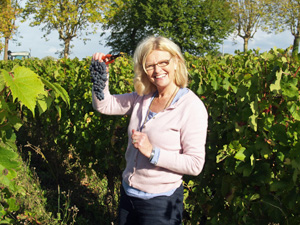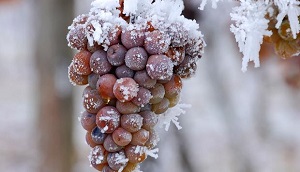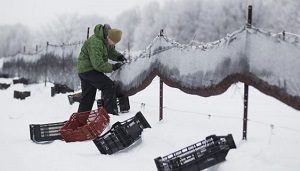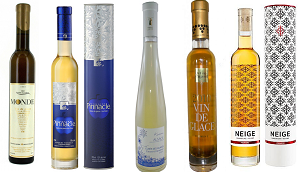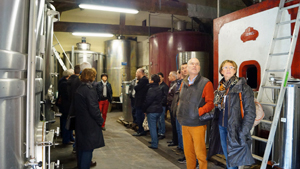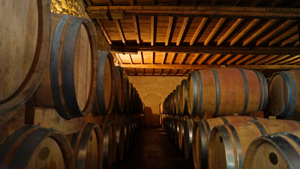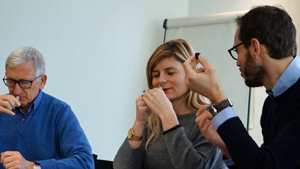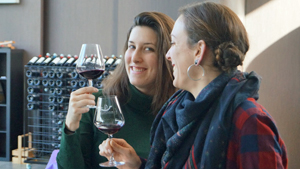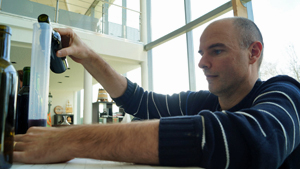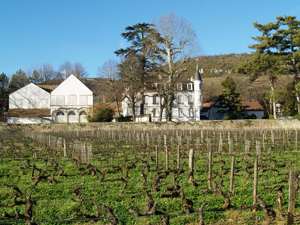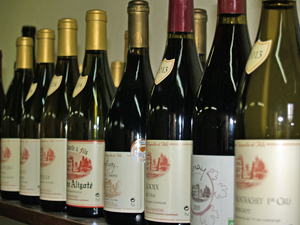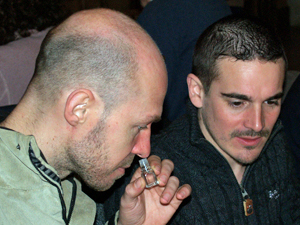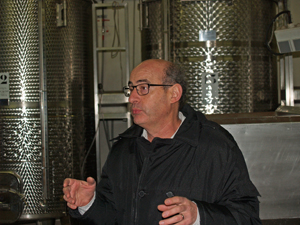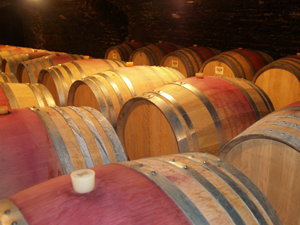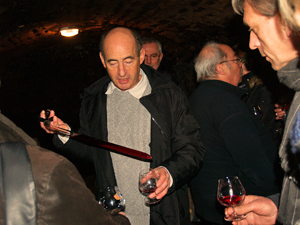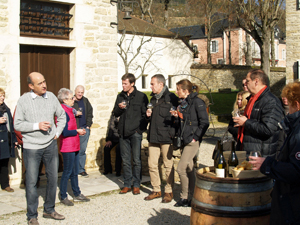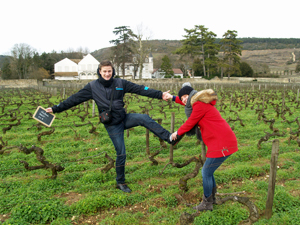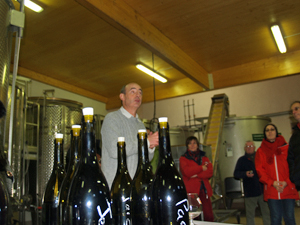We spent a great day last Saturday in Chablis learning about the art of winemaking during a Gourmet Odyssey Vinification Experience Day at Domaine Jean-Marc Brocard. The aim of the day was to pick up where we had left off after the Harvest Experience Day last autumn, and to get a better understanding of the work of the winemaker from the moment the grapes are received at harvest time, to the moment the wine is ready to be bottled.
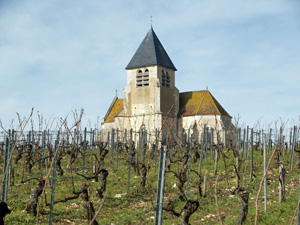
After the introductions and a welcome coffee, we made our way to the main fermentation hall to see where the harvested grapes are weighed and transferred from the trailers into the presses at harvest time.
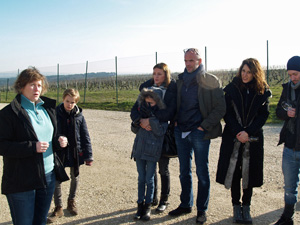
Our guide for the morning was Odile, the maître du chai, who explained how the grapes are pressed to separate the juice from the skin and pips. She then told us about the fermentation process and the steps involved.
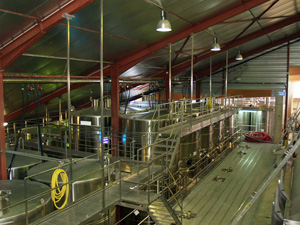
Odile then let us taste several different wines, direct form the stainless steel vats, so that we could better appreciate how the wine change as they finish their malo-lactic fermentation and start to go through the ageing process. Some wines were fizzier, others clearer or more cloudy. Odile explained why it was the case for each one. The last vat that we tasted was the wine from the Boissonneuse vineyard, where the Gourmet Odyssey adopted vines are located. This gave us our first preview of the potential for the 2015 vintage!
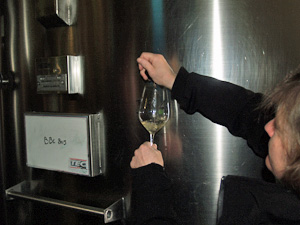
We then saw where the wine is bottled once it has finished ageing, typically 12 to 24 months after the harvest depending on the wine. When the bottles are filled, they are then sealed with a cork or screw top depending on the demands of the market where the wine will be sold, before being labelled, and put into cases.
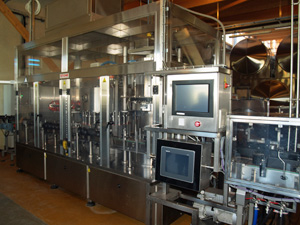
Back at the winery, we then started to prepare ourselves for the wine tasting session. Often the most difficult thing to do when tasting wines is to find the words to describe the sensations that they give us. To help us, we put our noses to the test, and had to identify different aromas that can be found in white wines due to either the grape varietal or the way that it has been made. An exercise that is as fun as it is frustrating!
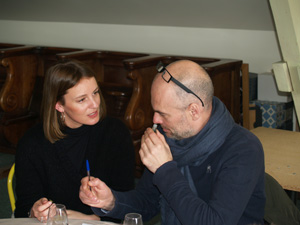
We were now ready to taste a series of wines, where we had to guess what the difference was between each of the wines presented. For the first series, Anne-Laure asked us to try and identify 3 different grape varietals, the second we had to say which wine was the Petit Chablis, which the Chablis and which the Chablis Premier Cru, and the third series allowed us compare a wine that had been aged in a stainless steel vat with one that had been aged in an oak cask.
Having tasted 8 different wines, we were ready for something to eat, so we sat down to a meal that had been freshly prepared onsite that morning by Julie. During the meal we tasted the 2012 vintage our biodynamic wine, “La Boissonneuse” , and an Irancy “Lez Mazelots” 2013, one of the red wines produced at the winery.
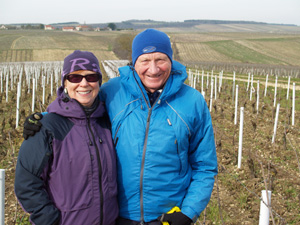
After lunch, we took a walk amongst the vines to visit the Boissonneuse vineyard, where our adopted vines are located. From here, there is a great vantage point to see the exposition of the different terroir that are classified as Chablis, Premier Cru or Grand Cru. After taking a few photos of our vines, we returned to the warmth of the winery.
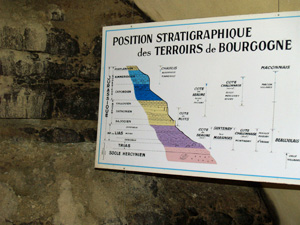
In the cellar, the end wall has been left bare, revealing the different layers of limestone clay and shale that characterise the typicity of the kimmeridgian soil found round Chablis. Here we learnt the importance of this soil and its impact on the Chablis wines.
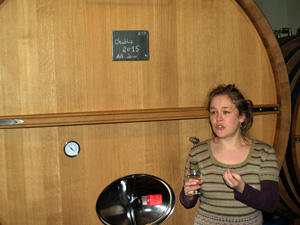
The day ended with a visit to the fermentation hall where the oak casks are located. Here some of the estate’s finer wines are aged, including part of our Boissonneuse wine. We tasted the wine directly from the cask to see how it compared to the Boissonneuse wine that we had tasted earlier from the stainless steel vat.
These two wines will be kept separate throughout the ageing process, and will be only be blended together shortly before the wine is ready for bottling next year. So we’ll have to be patient before we can taste the finished wine, but the early indications are promising!



